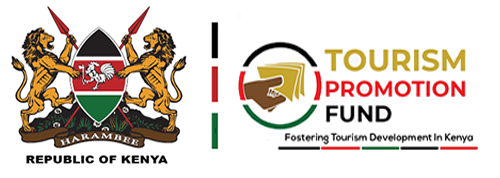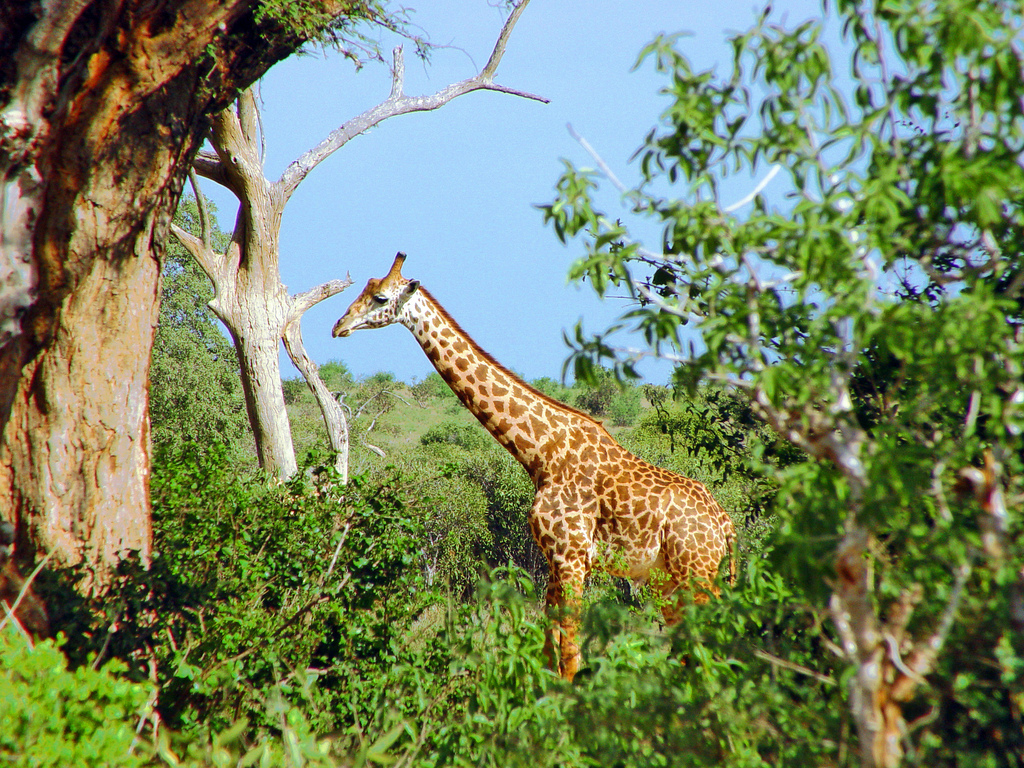Funding the Mitigation/afforestation and environmental rehabilitation
Tsavo National Park experiences [periodic annual fires causing huge environmental degradation and loss of biodiversity. Most of the fires emanate from outside the park and are due to anthropogenic activities. The fire menace is exacerbated by inadequate resources including finance, equipment, personnel and requisite fire management expertise. There is therefore a need to build fire management capacity including prevention, suppression, acquire requisite equipment, public awareness raising and building collaborations and partnerships and also environmental restoration and rehabilitation of the damaged areas.
- Scope of the problem, how widespread and the magnitude: the magnitude of the problem in terms of environmental degradation, biodiversity loss, social and economic losses is huge. Politically, fires in Tsavo national parks cause national and international concerns. This year alone (2020), fires consumed 467 square kilometers (467,000 hectares).
- Causes and effects of the problem:
Causes of fires are normally anthropogenic in nature and are driven by factors such: -
- Burning of brush in community farms
- Traditional honey harvesting
- Illegal charcoal burning
- Community herders in conservancies
- Malice and arson
The effects include: -
- Loss of wildlife habitats
- Loss of species
- Displacement of wildlife
- Loss of tourism appeal
- Negative image on management
- Loss of revenue
- Human wildlife conflicts
Provide alternative options that may be available to address the problem: other options include intelligence gathering, policy review to include prescribed burning as well as arrest and prosecution of arsonists.

